Airlines, at least collectively, have enjoyed the most profitable years in their history. But the outlook is looking more challenging for 2017 as fuel costs creep back up and the competitive environment shows no sign of letting up. For many airline chiefs, the next 12 months will prove decisive.
FlightGlobal takes a look at some of the airline chief executives facing the biggest challenges – or opportunities – in the year ahead.
JAMES HOGAN – ETIHAD AIRWAYS GROUP
The next 12 months look to be crunch time for Etihad and its European investments in particular – and with it the architect of the Abu Dhabi aviation group's investment strategy, James Hogan. Indeed, if recent media speculation is accurate, Hogan may already have run out of time to demonstrate the returns outweigh the losses from this expansion strategy. German daily paper Handelsblatt, citing multiple independent sources, in December reported that Etihad was planning to ditch Hogan and review its European investment strategy.
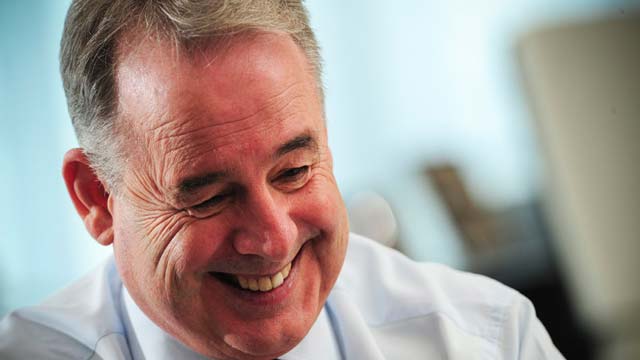
BillyPix
Irrespective of whether Etihad keeps faith with Hogan, there is plenty of work required to restore belief in its European investment strategy. Etihad has, at Air Berlin and Alitalia, employed many of the tools that have turned round fortunes at smaller operators like Air Serbia and Air Seychelles. But refreshing the fleet, product and brand have only scratched the surface at the struggling Italian and German carriers. The greater complexities of stakeholders and business model, and tough European markets, have made them harder to turn around, especially as low-cost rivals continue to heap pressure on them.
While the equity-alliance strategy has been about fast-tracking Etihad's market presence and the development of its Abu Dhabi hub, Hogan has always insisted Etihad is not a bank. And the signs are that Etihad may need convincing if further calls for support are required, especially as Etihad itself has signalled cuts of its own amid the more challenging market for Etihad itself. Noting an "increasingly competitive landscape" and "weakened global economic conditions", Etihad in December disclosed planned redundancies as part of an "ongoing process of organisational reviews and restructuring" to improve efficiency and raise revenue.
CRAMER BALL – ALITALIA
On the one hand you could probably substitute Ball for any previous chief executive of the perennially loss-making Italian carrier from any other year and make the case for a challenging 12 months ahead. But two years into a three-year turnaround plan since Etihad bought into the Italian carrier, Alitalia is back in familiar territory – seeking more cuts and concessions to provide enough savings to secure fresh investment as profit aspirations slip.
"The next two months are crucial for Alitalia," said Ball in December, noting talks would now begin with stakeholders including its union on securing a "radical reduction" in its costs. "It is of vital importance that the company's personnel and key stakeholders...accept and take on the radical changes we need. Only then can we achieve a subsequent and significant funding from shareholders, without which Alitalia will have no future."
Ball himself seems to be working his way up the challenges scale, facing ever-steeper tasks, having been deployed by Etihad to first turn around Air Seychelles, then Jet Airways, before arriving at Alitalia in March 2016 after the short tenure of Silvano Cassano.
His task is a familiar one of tackling complex labour negotiations in the attractive but fragmented Italian market, one in which Alitalia's ongoing challenges have merely encouraged rivals to step up the competition. Equally, the political backdrop – a constant thorn for Alitalia over the years – may cause further uncertainty following prime minister Matteo Renzi's resignation late last year.
Crucially, though, Eithad's patience may also be wearing thin. At question is its desire – and indeed ability, given European ownership and control rules – to continue bankrolling Alitalia. This raises the pressure for Ball to secure the necessary cost efficiencies.
THOMAS WINKELMANN – AIR BERLIN
Many of the same dynamics apply at Etihad's other big European loss-making asset Air Berlin, where drastic change is already under way. Etihad's first major investment has consistently lost money – apart from one year where the sale of its frequent-flyer programme to Etihad helped it claw its way into marginal profitability – and this has led to ever-deeper cost restructuring efforts. The latest of these was unveiled in the autumn by chief executive Stefan Pichler, and is the most dramatic yet. It signals a major reshaping of the airline, dropping its multi-model approach to focus on core network operations and shrinking the airline in the process.
But the job of implementing the strategy falls on former Germanwings chief executive Thomas Winkelmann, who will replace Pichler in February. He does so against a backdrop of great change in the German market. On the leisure side, former Air Berlin activities and its old share in Austrian leisure carrier Niki are being rolled into a new leisure joint venture carrier between Etihad and TUI. Etihad will also begin codesharing with Lufthansa, which also wet-leasing 38 Airbus narrowbodies from Air Berlin.
All the while low-cost rivals EasyJet and Ryanair are aggressively expanding in Germany, the Irish carrier even pitching up at Lufthansa fortress Frankfurt.
It all adds up to a challenging assignment for Winkelmann and continued pressure for the head of his former employer Lufthansa Group, as Carsten Spohr continues his battle to reset the cost base.
JEAN-MARC JANAILLAC/FRANCK TERNER – AIR FRANCE-KLM/AIR FRANCE
Like Lufthansa, and indeed most European network carriers, Air France-KLM faces increased pressure to secure cost efficiencies in the face of a tougher climate in 2017. Yet few airlines' labour woes have been quite so visible as Air France's in 2015, when tensions boiled over and executives had to flee from protesting staff after having the shirts ripped from their backs.
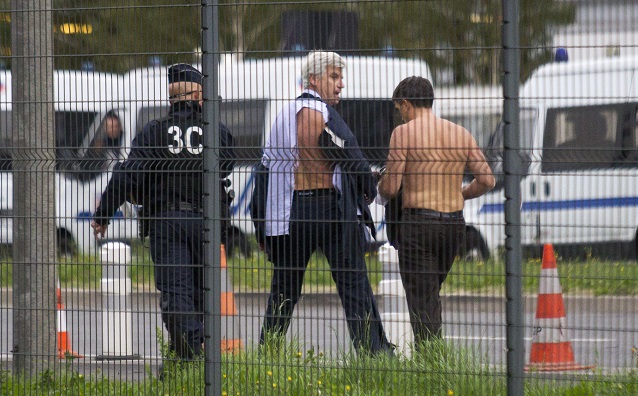
Rex Shutterstock
A peace was brokered, albeit with long-term solutions deferred, and the relatively peaceful 2016 that followed probably owed as much to a changing of the guard at the top of Air France and the group. Air France-KLM chief executive Alexandre de Juniac quit to head up IATA in April and his successor Jean-Marc Janaillac took stock before unveiling a new "Trust Together" initiative in November.
Air France maintenance chief Franck Terner took the helm of Air France in November, as previous boss Frederic Gagey become group finance chief, and immediately overhauled the management team.
The challenge for both is whether fresh faces will have any more success in securing union support for new cost efficiencies. Failure to secure such efficiencies has already prompted a decision to cap growth at the mainline carrier and instead channel it into leisure unit Transavia. Janaillac's plan to set up a new low-cost, long-haul unit to compete on currently unprofitable routes seems likely to be a key litmus test of the new management team's ability to reset the French carrier's cost base.
BILAL EKSI – TURKISH AIRLINES
After the departure of Turkish Airlines' long-standing chief executive Temel Kotil, the country's former civil aviation head Bilal Eksi has taken on the task of managing the flag carrier through its current turbulence.
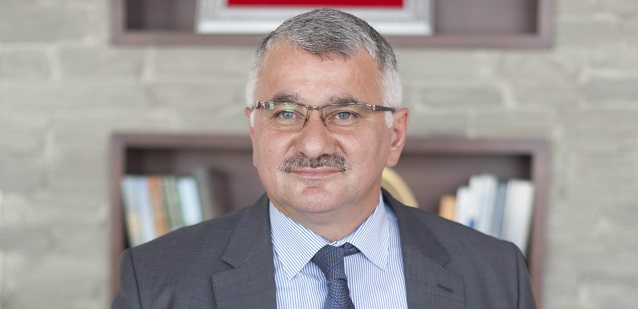
Turkish Airlines
The Star Alliance airline had grown accustomed to double-digit expansion over the last decade, but faced a sharp reality check during 2016 amid ever-increasing challenges in its home market. Terrorist attacks, including a devastating blast at its Istanbul Ataturk home airport, were followed by an attempted coup, damaging inbound tourism demand.
The carrier has acted rapidly, dropping destinations, grounding aircraft, and deferring deliveries to pull back capacity, while working to build transfer traffic. While overall passenger numbers for the first 11 months of 2015 were up only 3%, international transfer passengers increased 15%.
External factors, of which the devastating terror attack at an Istanbul nightclub on New Year's Eve served as a horrible reminder, are likely to dictate to what extent Eksi will need to keep the brake on at Turkish Airlines in the year ahead.
IVAN CHU – CATHAY PACIFIC
Cathay Pacific chief executive Chu has pulled no punches in outlining the challenge facing the Hong Kong carrier. Chu notes a "very tough" business environment and that the airline is not facing a short-term challenge but rather a "structural problem" which will require a careful and sustained response.
The Hong Kong carrier warned in October that it had scrapped its profit forecast for the second half of the fiscal year, and is conducting a critical review of its business as overcapacity and poor yields have put pressure on revenue.
In its critical review, the airline will look at how it can improve its revenue and costs, essentially rethinking the way the company is organised.
Cathay has been especially impacted by the Chinese carriers' push in recent years to go long-haul. This has led to lower fares and yields, and also a loss of passengers who would transit in Hong Kong but now have the option to fly direct with Chinese carriers.
The Hong Kong carrier has resolutely resisted the temptation to follow some of its peers into launching their own low-cost unit to combat new competition.
Details of the Oneworld carrier's critical review are due in January.
PETER BELLEW – MALAYSIA AIRLINES
No airline faced a bigger recovery task in 2016 than Malaysia Airlines, which embarked on major restructuring as it worked to recover from the catastrophic loss of two Boeing 777s in high-profile events. The recruitment of turnaround specialist Christoph Mueller to lead the project signalled an intent to address some of the long-standing issues the carrier has faced.
Much progress followed. But when Mueller in April announced his departure for personal reasons after a year in the role – he later became chief digital and innovation officer at Emirates – Malaysia Airlines' transformation and the government's appetite to complete the job came under fresh scrutiny.
However, the promotion of the airline's chief commercial officer, former Ryanair executive Peter Bellew, pointed to continuity.
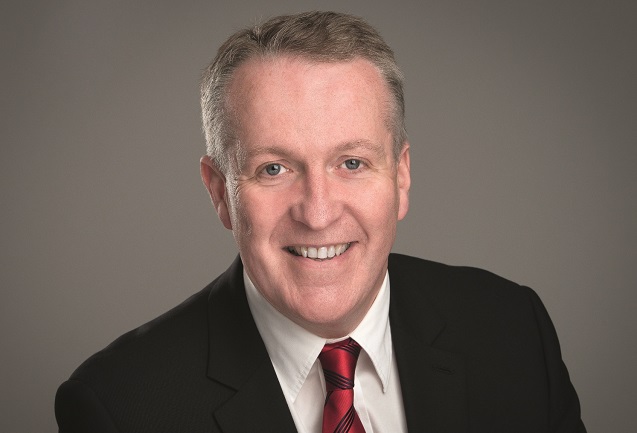
He quickly established momentum, announcing orders for the Boeing 737 Max and finding a solution that removes the Airbus A380s from its fleet.
And while the network changes made since March 2014 left London as the airline's sole long-haul destination, the carrier in 2017 will resume growth, with China being the key focus. In the first stage, nine new routes will be launched, with the Kuala Lumpur-Shanghai frequency to be doubled.
This will provide one of the first tests of its growth plans as the carrier works towards a return to profit in 2018. "The six or seven big things we're doing next year [will] require minute attention to detail," says Bellew. "It's going to require a ferocious amount of hard work."
OSCAR MUNOZ – UNITED AIRLINES
It was in 2015 that United Airlines chief executive Oscar Munoz took the helm of the Star Alliance carrier, arriving after the abrupt departure of Jeff Smisek. However, Munoz's subsequent medical leave means it is only in 2017 that his strategy for the carrier will really unfold.
United has, in keeping with other US carriers, enjoyed strong profits amid low fuel prices, but it has lagged the financial metrics of its competitors. "We need to be more disruptive in the marketplace," Munoz said on an analysts' call in April, shortly after returning from leave.
Munoz has already made progress. He has revamped United's senior management team – including recruiting American Airlines' president Scott Kirby – and in December a deal with mechanics sealed the last outstanding union contract since the merger with Continental in 2010, enabling United to fully integrate all of its labour group.
It also detailed a long-awaited strategy overhaul in November. That involved a fleet revamp, deferring delivery of 61 of 65 Boeing 737-700s and converting all of the orders to 737-800 and 737 Max variants, and a network overhaul expanding the domestic schedule in an effort to recapture lost market share. This includes expanding banks at key hubs and offering more frequency on larger aircraft in key markets, like Chicago-Dallas/Fort Worth and Newark-Atlanta.
The year ahead will be the acid test for delivering on this new strategy.
BRAD TILDEN – ALASKA AIRLINES
The US airline consolidation game was in 2016 joined by Alaska Airlines through its acquisition of Virgin America, and the year ahead presents big challenges and opportunities as it looks to make the most of its new asset.
The $4 billion deal closed in December and Alaska Airlines boss Tilden will remain the combined company's chief executive, while Alaska's chief operating officer Ben Minicucci will become Virgin America's chief executive, succeeding David Cush.
In announcing the deal, executives acknowledged differences between the two carriers. Alaska operates largely like a traditional legacy airline, while Virgin America targets technology-savvy travellers by marketing itself as a hip upstart. "We believe different works," says Tilden. "The two airlines may look different, but our core customer and employee focus is very much the same."
Alaska plans to continue to operate the Virgin America fleet with its current name and product for a period of time, but the crunch decision for 2017 will be whether to retain its acquisition's brand.
"This is a big decision, and one that deserves months of thoughtful and thorough analysis," says Tilden. "We plan to make a decision about the Virgin America brand early next year."
JAAN ALBRECHT – SAUDIA
One of the most eye-catching appointments of 2016 involved SunExpress chief executive Albrecht, who quit the leisure carrier to take up the role of chief executive at Saudia.
Albrecht, the former Star Alliance chief who also ran Austrian Airlines before joining SunExpress in 2015, will from January work under director general Saleh Nasser Al-Jasser and oversee the SV2020 strategic development programme being undertaken by the carrier.
The SkyTeam airline is modernising its fleet, having reached agreements in the past two years to acquire 113 Airbus and Boeing jets.
The appointment of a non-Saudi national to run the carrier is particularly interesting, suggesting moves towards internationalisation of the airline. Saudia is already among the biggest operators in the Middle East, but in contrast with the expansion of its Gulf state rivals has largely focused on its home market. It will be interesting to see to what extent Saudia attempts to develop its presence further afield.
NICO BEZUIDENHOUT – FASTJET
Former Mango boss and twice acting chief executive of that airline's parent South African Airways, Bezuidenhout could hardly be accused of seeking an easy life in taking the helm at stuttering pan-African low-cost carrier group Fastjet in the summer.
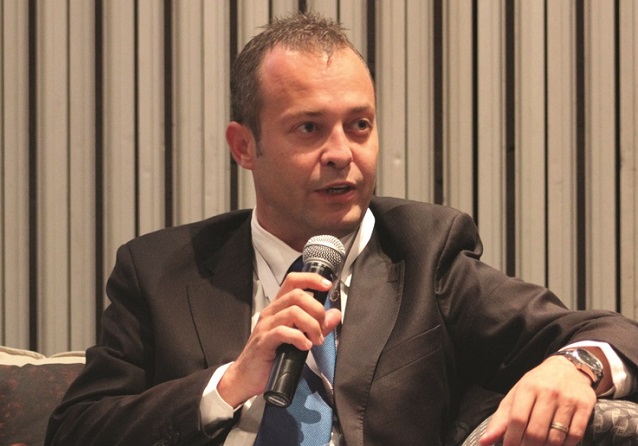
Fastjet has struggled to gain altitude and spread the model since launching with its Tanzanian operation in 2012. Operating losses deepened at the midway point of 2016 after what the group described as a "very difficult and challenging time", and Bezuidenhout acted swiftly.
He has initiated a turnaround programme under which the budget carrier is jettisoning unprofitable routes, moving its headquarters from London to Johannesburg, and – recognising the low load factors it was achieving – swapping its fleet of A319s for smaller Embraer 190s.
It remains to be seen how successful this effort will be, but with Fastjet planning another capital-raising effort from the markets in 2017, Bezuidenhout's priority will be restoring confidence in the business model. "I am confident that, with the necessary capital, the company can break even by Q4 2017, and be well-positioned to pursue sustainable growth," said Bezuidenhout in late November.
Source: Cirium Dashboard


























